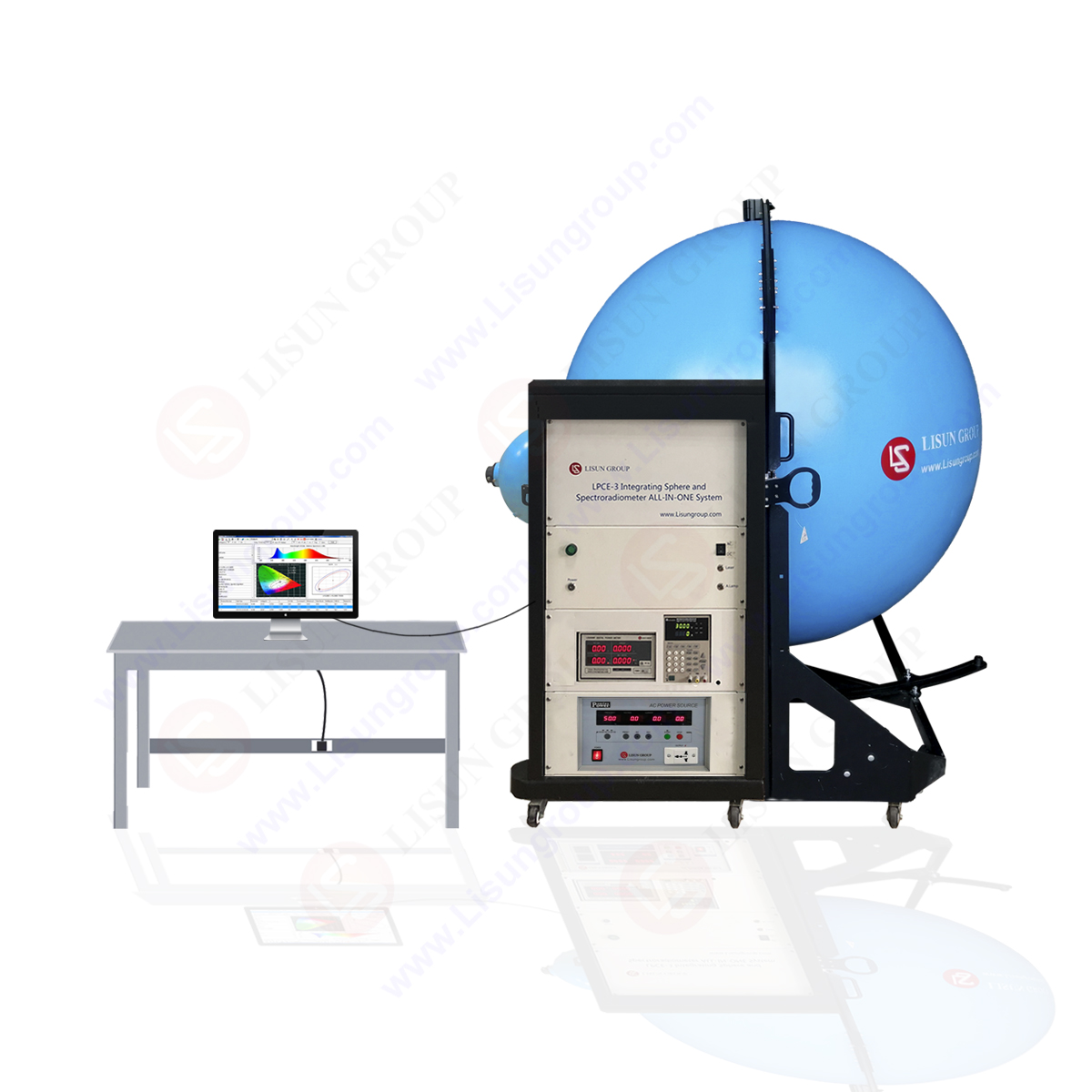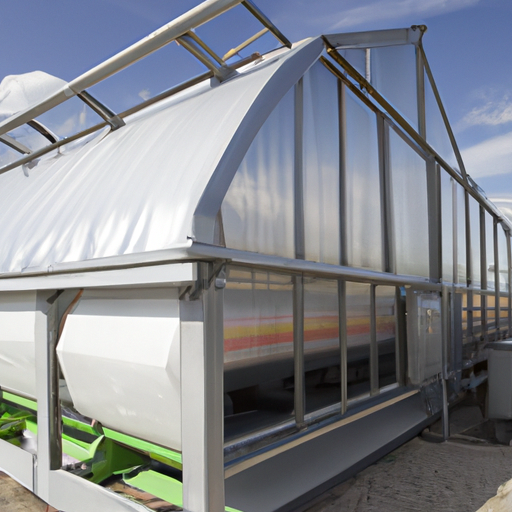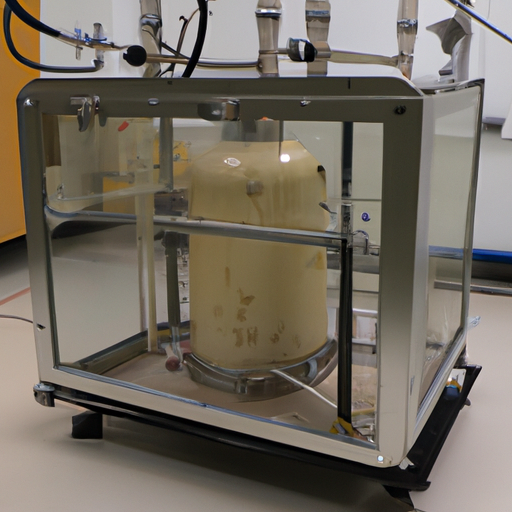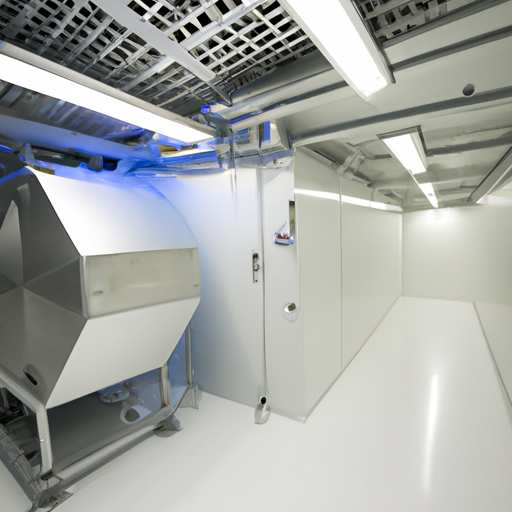-
Table of Contents
Table of Contents
- Introduction
- The Benefits of Using a Climatic Chamber for Environmental Testing
- How to Choose the Right Climatic Chamber for Your Application
- The Latest Innovations in Climatic Chamber Technology
- The Role of Climatic Chambers in Automotive Testing
- Understanding the Different Types of Climatic Chambers and Their Uses
- Conclusion
“Experience the Climate, Anywhere, Anytime with a Climatic Chamber!”
Introduction
A climatic chamber is a laboratory device used to simulate and study the effects of different environmental conditions on materials, components, and products. It is used to test the performance of products in extreme temperatures, humidity, and other environmental conditions. Climatic chambers are used in a variety of industries, including automotive, aerospace, medical, and electronics. They are also used in research and development to test the durability of materials and components. Climatic chambers are designed to provide precise control over temperature, humidity, and other environmental conditions, allowing researchers to accurately simulate a wide range of environmental conditions.
The Benefits of Using a Climatic Chamber for Environmental Testing
Environmental testing is an important part of product development and quality assurance. It is used to ensure that products are able to withstand the conditions they will be exposed to in their intended environment. A climatic chamber is a tool used to simulate environmental conditions for testing purposes. It is a controlled environment that can be used to replicate a wide range of temperatures, humidity levels, and other environmental conditions.
The use of a climatic chamber for environmental testing offers several advantages. First, it allows for precise control of the environmental conditions. This allows for accurate testing of the product’s performance in a variety of conditions. Second, it is a cost-effective solution. It eliminates the need for expensive field testing and allows for testing to be done in a controlled environment. Third, it is a safe and reliable way to test products. The chamber can be used to replicate extreme conditions without putting the product or personnel at risk.
In addition to these advantages, a climatic chamber can also be used to test products for a variety of other purposes. It can be used to test the durability of materials, the performance of components, and the reliability of systems. It can also be used to test the effects of environmental factors such as temperature, humidity, and vibration on a product.
Using a climatic chamber for environmental testing is an effective and efficient way to ensure that products are able to withstand the conditions they will be exposed to in their intended environment. It offers precise control of environmental conditions, cost-effectiveness, and safety. It can also be used to test a variety of other aspects of a product’s performance.
How to Choose the Right Climatic Chamber for Your Application
When selecting a climatic chamber for an application, it is important to consider the environmental conditions that the chamber must be able to simulate. The chamber must be able to accurately replicate the temperature, humidity, and other environmental conditions that are necessary for the application. Additionally, the chamber must be able to maintain these conditions for the duration of the test.
The size of the chamber is also an important factor to consider. The chamber must be large enough to accommodate the test sample and any other equipment that may be necessary. Additionally, the chamber must be able to maintain the desired environmental conditions within the chamber.
The type of chamber is also important. There are several types of climatic chambers, including walk-in chambers, benchtop chambers, and environmental test chambers. Each type of chamber has its own advantages and disadvantages, and the type of chamber that is best suited for the application will depend on the specific requirements of the test.
The chamber must also be able to provide accurate and reliable data. The chamber must be able to accurately measure and record the environmental conditions within the chamber. Additionally, the chamber must be able to provide data that is easy to interpret and analyze.
Finally, the chamber must be able to provide a safe environment for the test sample. The chamber must be designed to protect the sample from any potential hazards, such as electrical shock or fire. Additionally, the chamber must be able to maintain a safe temperature and humidity level for the duration of the test.
By considering these factors, it is possible to select the right climatic chamber for an application. By selecting a chamber that is able to accurately simulate the environmental conditions necessary for the application, provide accurate and reliable data, and maintain a safe environment for the test sample, it is possible to ensure that the test results are accurate and reliable.
The Latest Innovations in Climatic Chamber Technology
The latest innovations in climatic chamber technology have revolutionized the way scientists and researchers study the effects of temperature, humidity, and other environmental conditions on a variety of materials and products. Climatic chambers are designed to simulate a wide range of environmental conditions, allowing researchers to accurately measure the effects of temperature, humidity, and other environmental factors on a variety of materials and products.
The latest innovations in climatic chamber technology have enabled researchers to create more accurate and precise simulations of environmental conditions. For example, the latest climatic chambers are capable of creating a wide range of temperatures, from -70°C to +180°C, and a wide range of humidity levels, from 0% to 95%. This allows researchers to accurately simulate a variety of environmental conditions, such as desert, tropical, and arctic climates.
In addition, the latest climatic chambers are equipped with advanced sensors and controllers that allow researchers to accurately monitor and control the environmental conditions within the chamber. This allows researchers to precisely measure the effects of temperature, humidity, and other environmental factors on a variety of materials and products.
The latest climatic chambers are also equipped with advanced safety features, such as automatic shut-off systems and emergency alarms. These safety features ensure that researchers are able to safely and accurately study the effects of environmental conditions on a variety of materials and products.
Finally, the latest climatic chambers are designed to be energy efficient, allowing researchers to reduce their energy costs while still achieving accurate and precise simulations of environmental conditions. This allows researchers to save money while still conducting accurate and reliable research.
Overall, the latest innovations in climatic chamber technology have revolutionized the way scientists and researchers study the effects of temperature, humidity, and other environmental conditions on a variety of materials and products. The latest climatic chambers are capable of creating a wide range of temperatures and humidity levels, are equipped with advanced sensors and controllers, and are designed to be energy efficient. These features enable researchers to accurately and safely study the effects of environmental conditions on a variety of materials and products.
The Role of Climatic Chambers in Automotive Testing
Climatic chambers are essential tools for automotive testing, as they allow engineers to simulate a wide range of environmental conditions. By controlling temperature, humidity, and other environmental factors, climatic chambers can replicate the conditions that a vehicle may experience in the real world. This allows engineers to test the performance of a vehicle in a variety of conditions, ensuring that it meets the necessary safety and performance standards.
Climatic chambers are used to test a variety of automotive components, including engines, transmissions, brakes, and suspension systems. By simulating extreme temperatures, engineers can evaluate how a vehicle will perform in extreme weather conditions. This helps to ensure that the vehicle is safe and reliable in all types of environments.
Climatic chambers are also used to test the durability of automotive components. By simulating long-term exposure to extreme temperatures, engineers can evaluate how a component will hold up over time. This helps to ensure that the component will be able to withstand the rigors of everyday use.
Climatic chambers are also used to test the performance of automotive electronics. By simulating a variety of environmental conditions, engineers can evaluate how a vehicle’s electronic systems will perform in different conditions. This helps to ensure that the vehicle’s electronics are reliable and safe in all types of environments.
Climatic chambers are an essential tool for automotive testing, as they allow engineers to simulate a wide range of environmental conditions. By controlling temperature, humidity, and other environmental factors, climatic chambers can replicate the conditions that a vehicle may experience in the real world. This helps to ensure that the vehicle meets the necessary safety and performance standards.
Understanding the Different Types of Climatic Chambers and Their Uses
Climatic chambers are environmental testing systems used to simulate a variety of environmental conditions. They are used to test the performance of products, materials, and components in a range of temperatures, humidity levels, and other environmental conditions. There are several types of climatic chambers, each designed to meet specific testing needs.
The most common type of climatic chamber is the temperature and humidity chamber. This type of chamber is used to test the performance of products, materials, and components in a range of temperatures and humidity levels. Temperature and humidity chambers are available in a variety of sizes and configurations, and can be used to simulate a wide range of environmental conditions.
Another type of climatic chamber is the altitude chamber. Altitude chambers are used to simulate high-altitude conditions, such as those found in aircraft or spacecraft. These chambers are designed to maintain a constant pressure and temperature, while simulating the effects of altitude on the performance of products, materials, and components.
A third type of climatic chamber is the thermal shock chamber. Thermal shock chambers are used to test the performance of products, materials, and components in extreme temperature conditions. These chambers are designed to rapidly change temperatures, simulating the effects of extreme temperatures on the performance of products, materials, and components.
Finally, there are vibration chambers. Vibration chambers are used to simulate the effects of vibration on the performance of products, materials, and components. These chambers are designed to generate a range of vibration frequencies, simulating the effects of vibration on the performance of products, materials, and components.
Climatic chambers are essential tools for testing the performance of products, materials, and components in a variety of environmental conditions. By understanding the different types of climatic chambers and their uses, engineers and product designers can ensure that their products, materials, and components are tested in the most accurate and reliable manner possible.
Conclusion
In conclusion, a climatic chamber is an invaluable tool for testing the performance of products in a variety of environmental conditions. It can simulate a wide range of temperatures, humidity levels, and other environmental factors, allowing manufacturers to ensure that their products will perform as expected in different climates. By using a climatic chamber, manufacturers can save time and money by avoiding costly product recalls due to environmental issues.

 中文简体
中文简体






